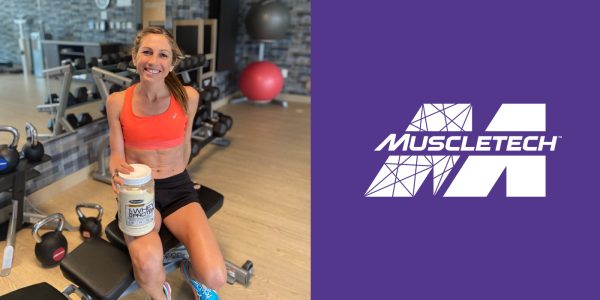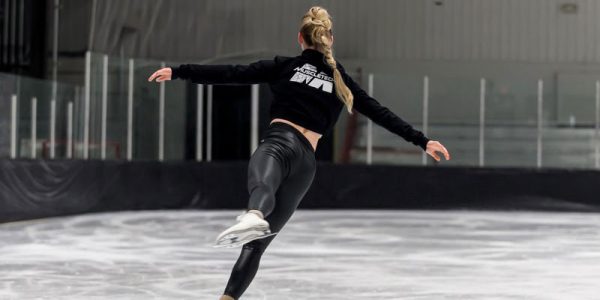Over the last five years in bodybuilding, I’ve been lucky enough to avoid any serious, game-changing injuries. I attribute this to training relatively smart and keeping intense ego lifting to a minimum. Regardless of how smart or safe you exercise, over years and years of training athletes are bound to accumulate a variety of injuries.
One injury I’ve experienced that is common among most other lifters is a shoulder-related strain. Personally, my anterior deltoids and pecs are very tight, which pulls my scapula forward, making the internal muscles that stabilize the shoulder capsule overactive and prone to rapid fatigue when training chest or shoulders.
To continue training chest and shoulders I’ve had to be very diligent and precise with performing every exercise. Below are a list of tips and tricks to keep you training through your shoulder injury and prevent injury in the future.
1. During chest-pressing movements, keep your scapula and traps retracted. This will force the pecs to become fully engaged through the entire movement and eliminate the help of the back muscles and deltoids.
2. Focus on time under tension and exercise tempo. Choosing a set tempo before you start the lift will keep you moving the weight under control the entire range of movement. Once you can no longer continue to adhere to the tempo, stop the set or you risk jerky, unsafe movements that could further injure the shoulder.
3. Decrease training volume! If you are injured, now is not the time to over-stress the injury. I suggest decreasing chest and shoulder training volume, but then adding the decrease in volume from those body parts into another workout for a weaker body part. That way total calorie expenditure stays roughly the same.
4. Stretching and mobility work post-workout, when the muscles are warm and full of blood, is a must when nursing an injury! Be sure to stretch the targeted muscles and surrounding areas to increase blood flow and shuttle vital nutrients around the injured body part.
5. After succumbing to an injury, your training often becomes more diligent, and you spend more time listening to your body. The injury has forced you to learn how to actively engage the muscle and not those surround it. In the end, when you are all healed up and are back training at 100%, I guarantee you will make major progress because of the new mind-muscle connection you learned from training around your injuries. That is how you turn a negative situation into a positive!
BY JASE STEVENS
MUSCLETECH AMBASSADOR








